Let's consider the worst case:
At each stage every tree is in the maximally imbalanced state, i.e. each node has at least one sub-tree of size 1.
In this extremal case the complexity of insert is quite easily shown to be Ө(n) where n is the number of elements in the tree, as the height is ~ n/2.
Based on the above constraint, we can deduce a recurrence relation for the time complexity of merge:

where n, m are the sizes of t1, t2. It is assumed without loss of generality that the right sub-tree always contains a single element. The terms correspond to:
T(n - 2, 1): the inner call to merge on the sub-trees of t1T(n - 1, m): the outer call to merge on t2Ө(n + m): the final call to insert
To solve this, let's re-substitute the first term and observe a pattern:

We can solve this sum by stripping out the first term:

Where in step (*) we used a change-in-variable substitution i -> i + 1. The recursion stops when k = n:

T(1, m) is just the insertion of an element into a tree of size m, which is obviously Ө(m) in our assumed setup.
Therefore the absolute worst-case time complexity of merge is

Notes:
- The order of the parameters matters. It is thus common to insert the smaller tree into the larger tree (in a manner of speaking).
- Realistically you are extremely unlikely to have maximally imbalanced trees at every stage of the procedure. The average case will naturally involve semi-balanced trees.
- The optimal case (i.e. always perfectly balanced trees) is much more complex (I am unsure that an analytical solution like the above exists; see
gdelab's answer).
EDIT: How to evaluate the exponential sum
Suppose we want to compute the sum:

where a, b, c, n are positive constants. In the second step we changed the base to e (the natural exponential constant). With this substitution we can treat ln c as a variable x, differentiate a geometrical progression with respect to it, then set x = ln c:

But the geometrical progression has a closed-form solution (a standard formula which is not difficult to derive):

And so we can differentiate this result with respect to x by n times to obtain an expression for Sn. For the problem above we only need the first two powers:

So that troublesome term is given by:

which is exactly what Wolfram Alpha directly quoted. As you can see, the basic idea behind this was simple, although the algebra was incredibly tedious.









